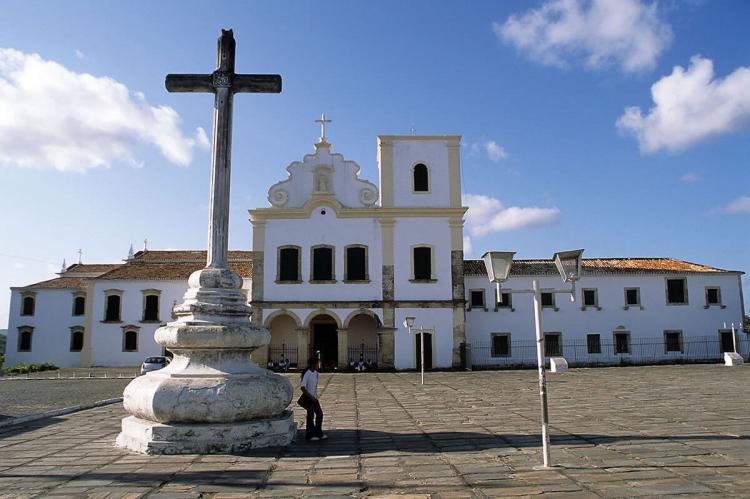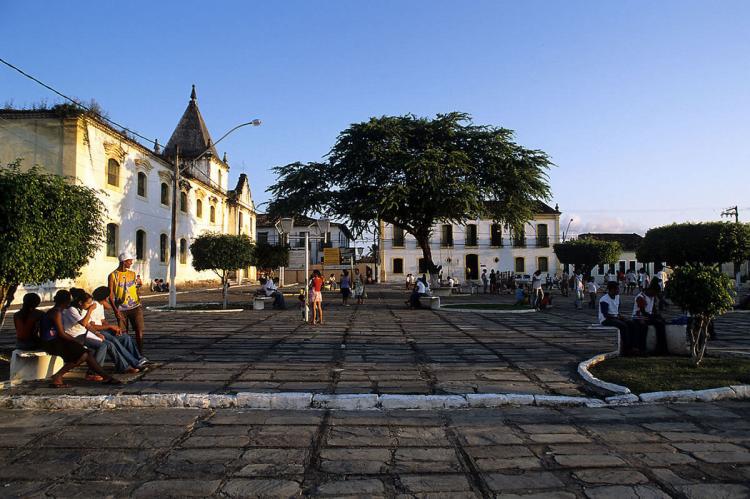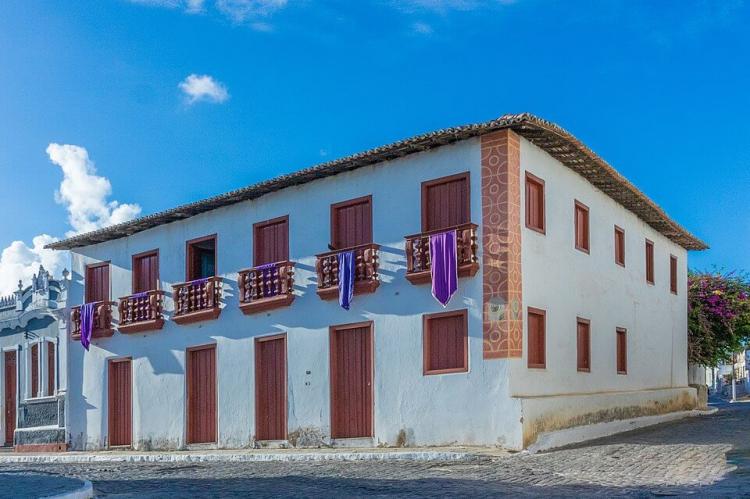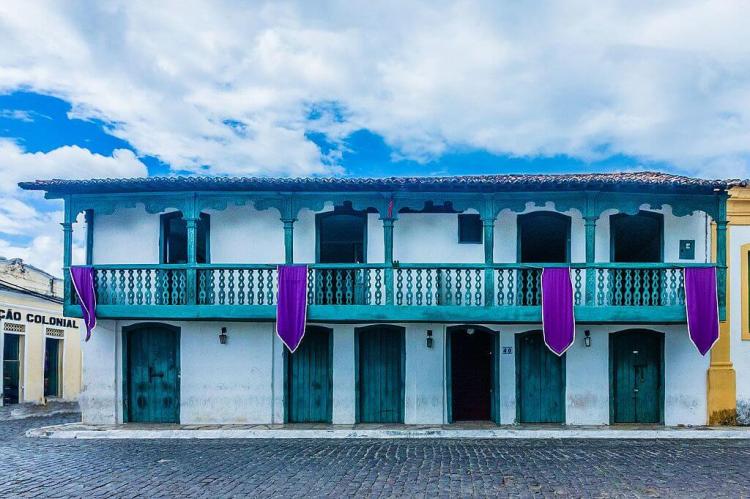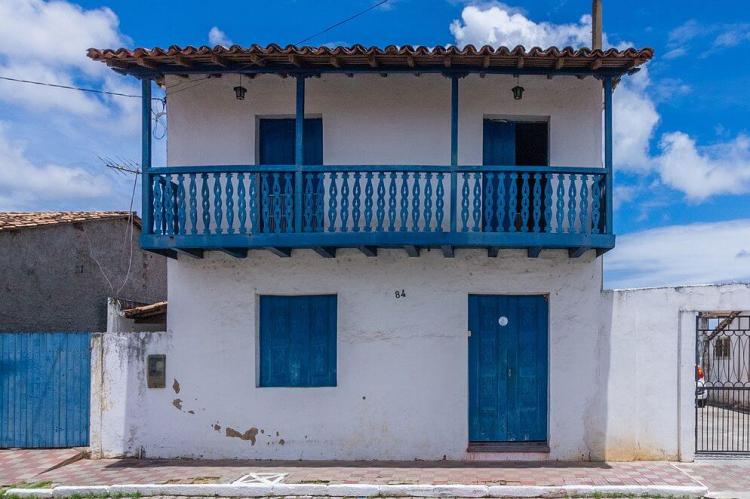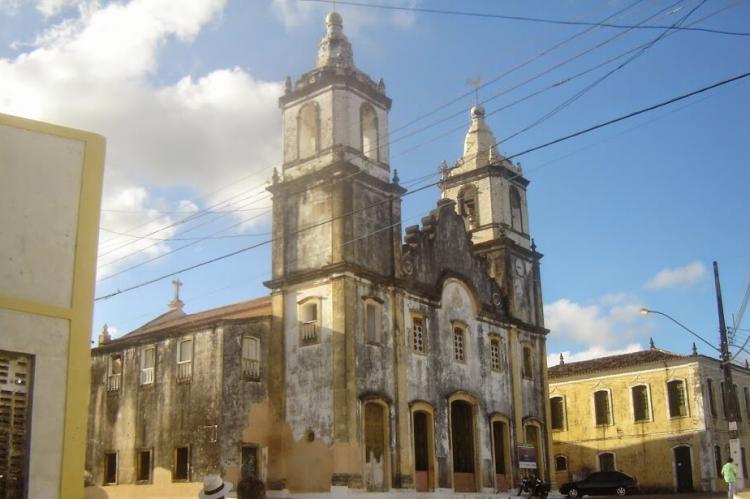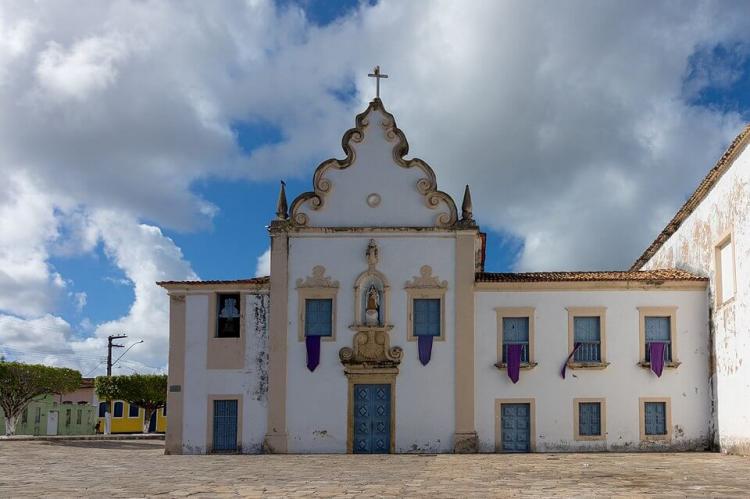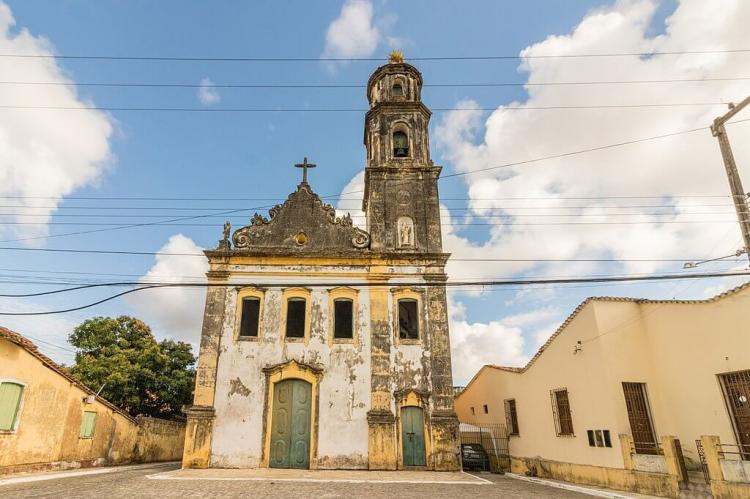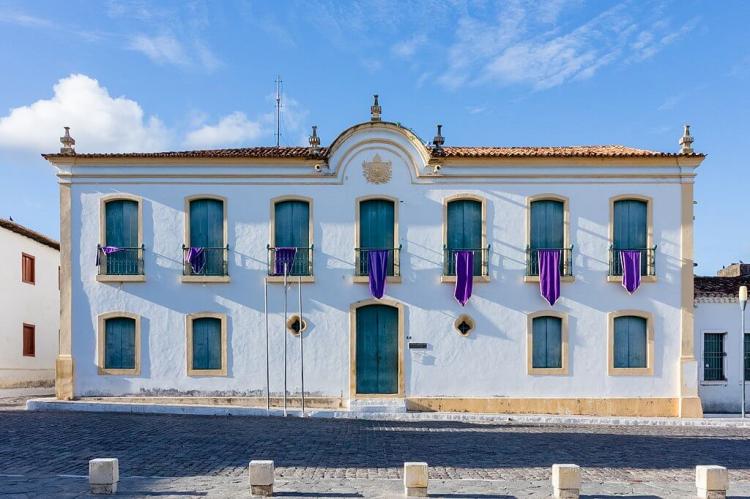São Cristóvão: A Colonial Masterpiece in Brazil's Northeast
São Cristóvão, located in northeastern Brazil, is one of the country's oldest colonial settlements and holds a special place in Brazil's colonial history. The town is best known for São Francisco Square, which reflects a unique blend of Spanish and Portuguese colonial city planning and architecture.
The Architectural Legacy of São Francisco Square in São Cristóvão
São Cristóvão, located in the northeastern state of Sergipe, Brazil, is one of the oldest colonial settlements in the country. Founded in 1590, it holds a special place in Brazil's colonial history. The town is best known for São Francisco Square, a UNESCO World Heritage Site, which reflects a unique blend of Spanish and Portuguese colonial city planning and architecture. São Cristóvão's historical significance is further enriched by its collection of early colonial buildings, including churches, convents, and civil structures, which demonstrate the cultural and architectural evolution of the region.
Historical Context of São Cristóvão
Established at the mouth of the Vaza-Barris River, São Cristóvão was founded on January 1, 1590, making it the fourth oldest settlement in Brazil. It quickly became an important colonial center due to its strategic location near the Atlantic coast. The town was divided into two zones: the cidade baixa (lower city) and the cidade alta (upper city). The lower city, situated near the port, was home to factories and popular houses, while the upper city, located on a hill, became the focal point for civil, military, and religious institutions.
São Francisco Square, located in the upper city, became the heart of colonial São Cristóvão. From this vantage point, colonial authorities could monitor the lower city, nearby land regions, and the coastline, giving the square both strategic and symbolic significance. Over time, São Francisco Square and its surrounding structures developed into a well-preserved example of early colonial urban planning, showcasing the architectural styles of both Spanish and Portuguese influences.
São Francisco Square: A Fusion of Colonial Architectures
São Francisco Square is one of the most notable features of São Cristóvão. Its unique urban layout represents a rare fusion of Spanish and Portuguese colonial city planning. The square is an open space surrounded by religious, administrative, and residential structures, including churches, convents, and civil buildings. This well-preserved colonial ensemble is a testament to the architectural and cultural history of northeastern Brazil.
At the center of the square stands the São Francisco Church and Convent, an example of Franciscan architecture that played a central role in the town's religious life. Alongside the church is the Provincial Palace, a symbol of colonial administration, and the Church and Santa Casa da Misericórdia, which provided social services during the colonial period. These buildings, along with several historic houses from different periods, create a harmonious blend of religious, civil, and residential architecture, making São Francisco Square an exceptional example of colonial design.
Religious and Architectural Significance
São Cristóvão is home to several historic churches that reflect the religious and cultural heritage of the town. These include the Church and Convent of Santa Cruz, also known as the Convent of Saint Francis, which now houses the Sacred Art Museum. The Misericórdia Hospital and Church, another significant structure, played an essential role in the town's healthcare system during colonial times. The Church of Our Lady of the Rosary of Black Men and the Church of Our Lady of Protection of the Mulattoes highlight the town's diverse social fabric, as these churches were historically associated with Afro-Brazilian and mixed-race communities.
Other notable religious buildings include the Church and Convent of Mount Carmel, the Church of the Third Order of Mount Carmel, and the Parish Church of Our Lady of Victory. These churches, with their intricate architectural details and historical significance, offer a glimpse into the religious life and architectural advancements of colonial São Cristóvão.
The town's urban landscape, particularly the sobrados (large houses) along streets such as Rua Castro Alves, Rua da Matriz, and Rua das Flores, reflects the evolution of domestic architecture in the 18th and 19th centuries. These historic residences and religious buildings are integral to São Cristóvão's cultural and architectural heritage.
The Franciscan Complex and São Cristóvão’s Urban Layout
The Franciscan complex in São Cristóvão, centered around São Francisco Church and Convent, is a prime example of the architectural style developed by the Franciscan order in northeastern Brazil. The convent and church not only served religious purposes but also played a role in the social and educational life of the town. The simplicity of Franciscan architecture, combined with Baroque influences, is evident in the design of these buildings.
São Cristóvão's urban layout is equally significant, as it reflects the town's social and military organization. The division between the lower city and upper city highlights the strategic importance of São Francisco Square as a military and administrative hub. From the square, colonial authorities could oversee the port and the surrounding areas, ensuring control over the town's economic and social life. This division also mirrored the social hierarchy of the colonial period, with the lower city serving as a center for labor and commerce and the upper city functioning as the seat of power.
São Francisco Square as a Cultural Hub
Beyond its architectural and urban significance, São Francisco Square also served as a cultural and social hub for São Cristóvão. The square was the site of public gatherings, religious processions, and administrative functions, making it a focal point for the town's civic and religious life in the town. The buildings surrounding the square, including religious institutions such as the Misericórdia Hospital and Church, played a vital role in the town's social welfare system, providing care for the sick and poor.
As a World Heritage Site, São Francisco Square and its surrounding structures offer a rare and well-preserved example of the cultural exchange between Spain and Portugal during the colonial period. The square's design and its surrounding buildings represent the adaptation of European architectural and urban planning principles to the unique social and environmental conditions of northeastern Brazil.
Conclusion
São Cristóvão, with its historic São Francisco Square and rich collection of colonial architecture, stands as a testament to Brazil's early colonial history and its unique blend of Spanish and Portuguese influences. The town's division into a lower and upper city, its strategic military significance, and its religious and civic institutions highlight the complexity of colonial life in northeastern Brazil. São Francisco Square, in particular, remains an exceptional example of colonial city planning and architecture, preserving the legacy of São Cristóvão for future generations.
